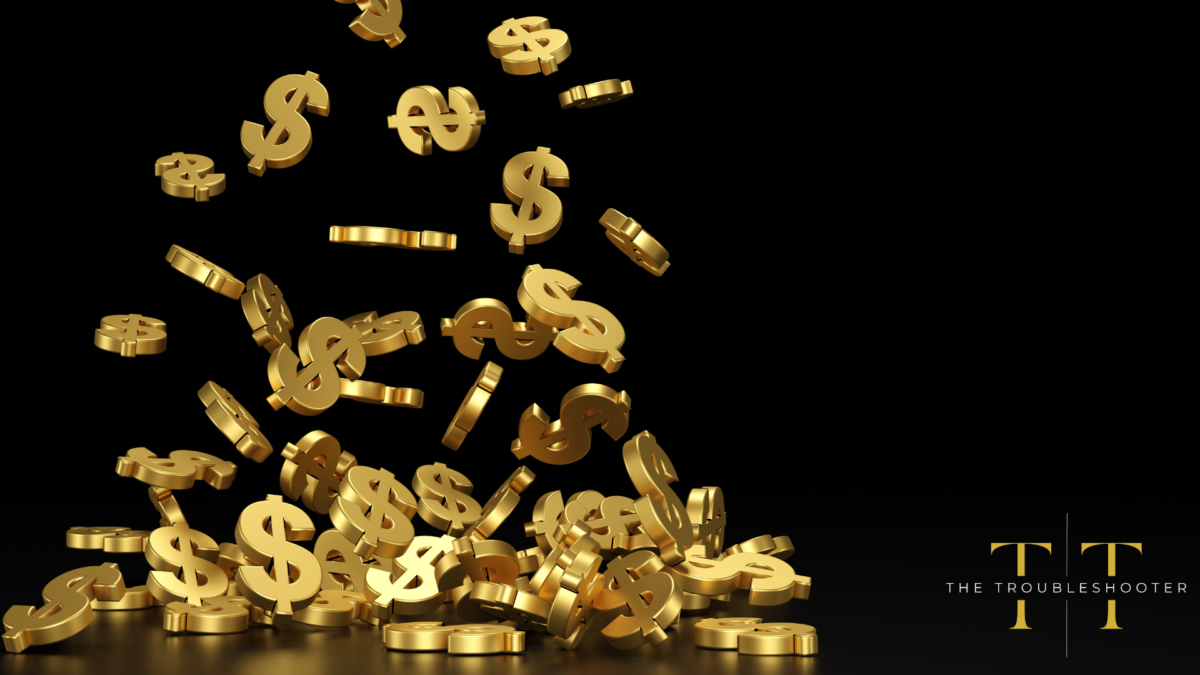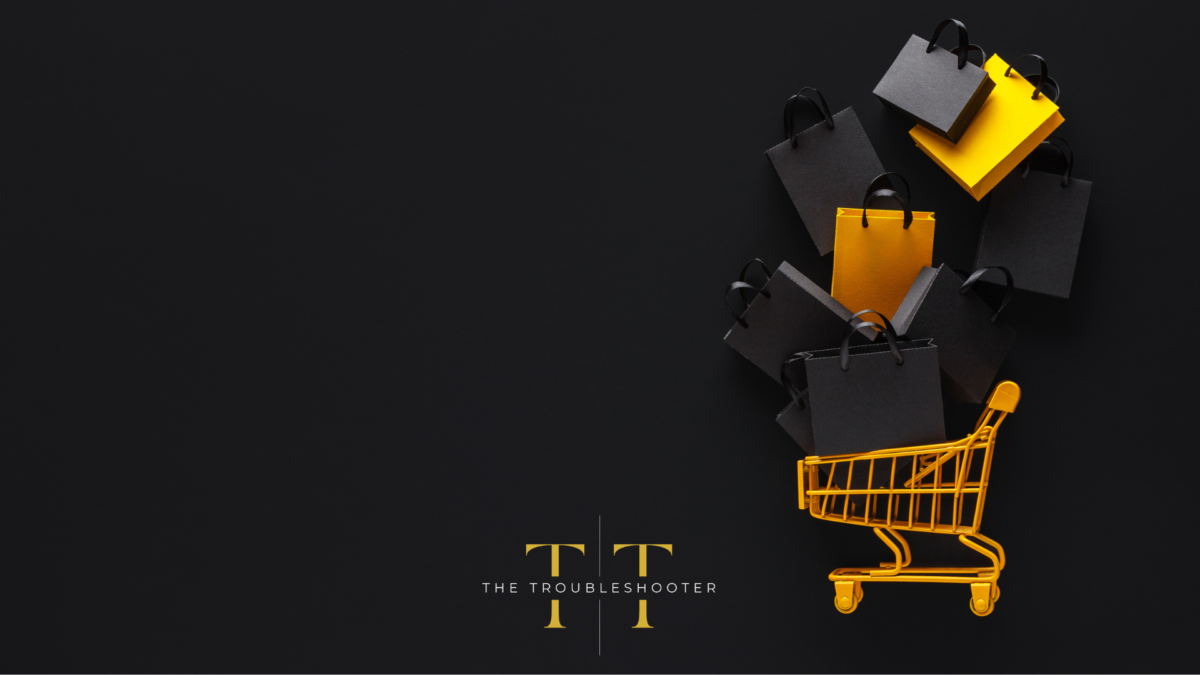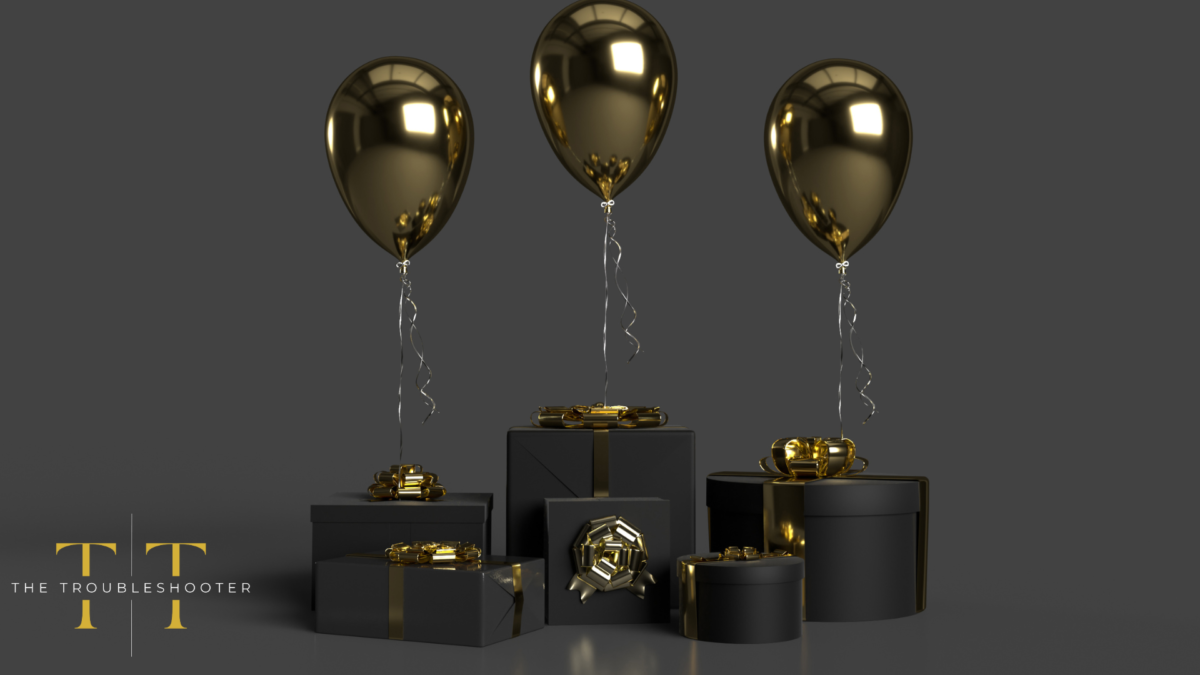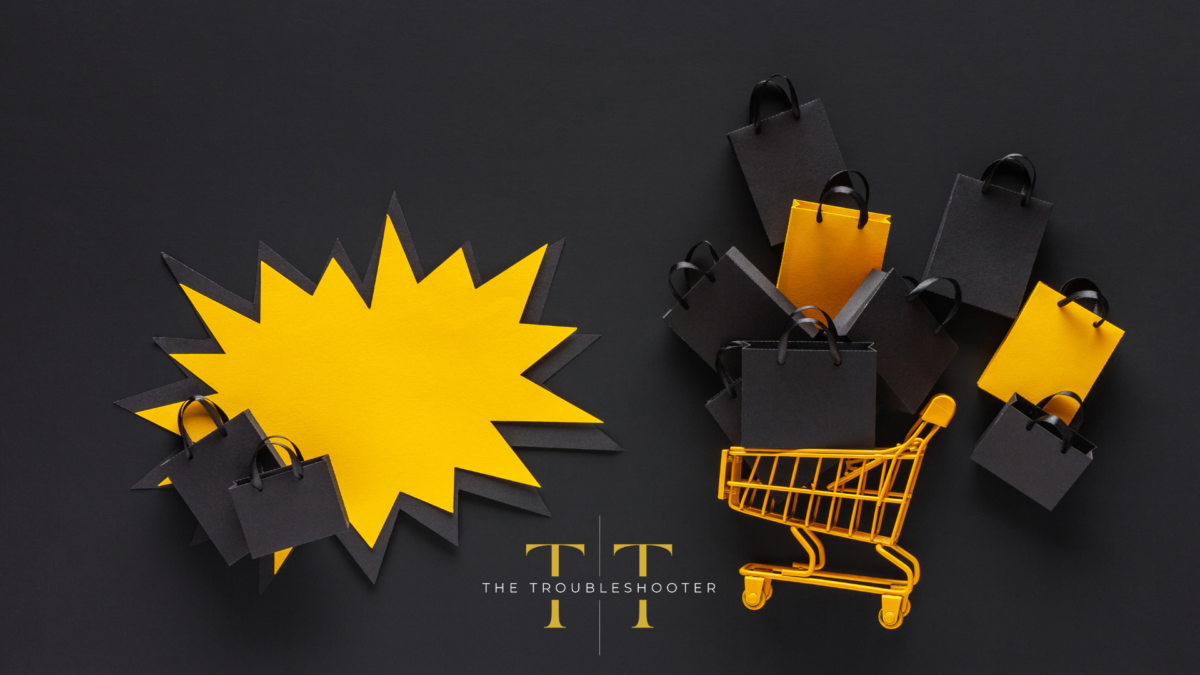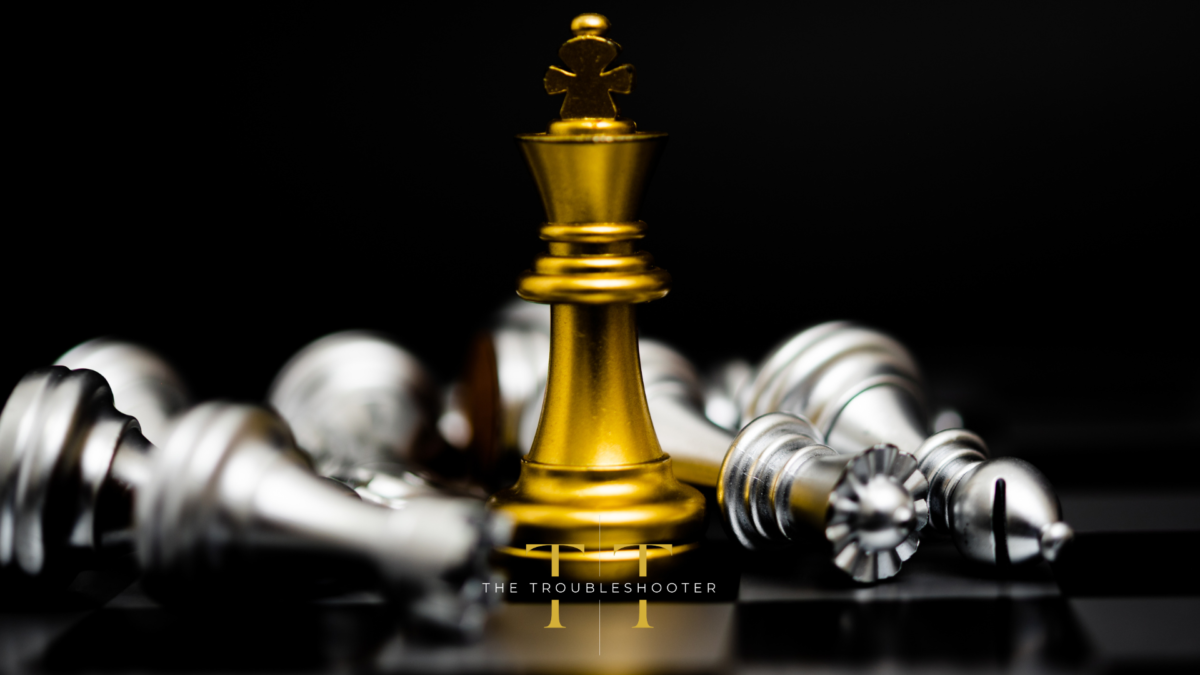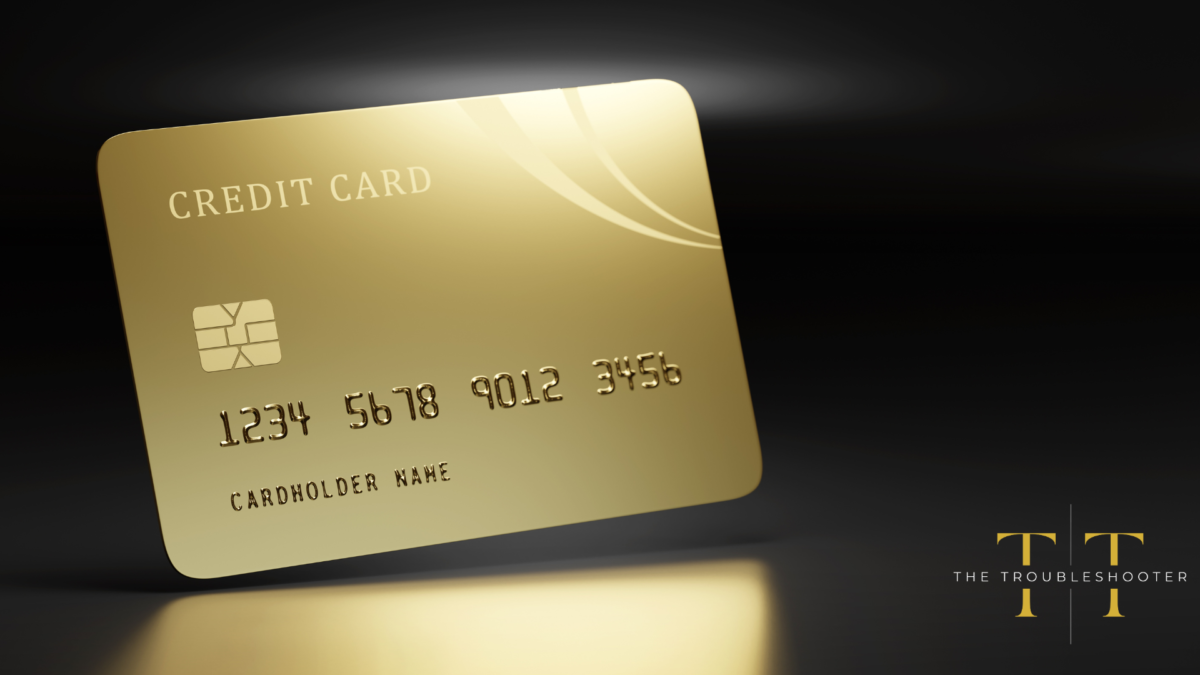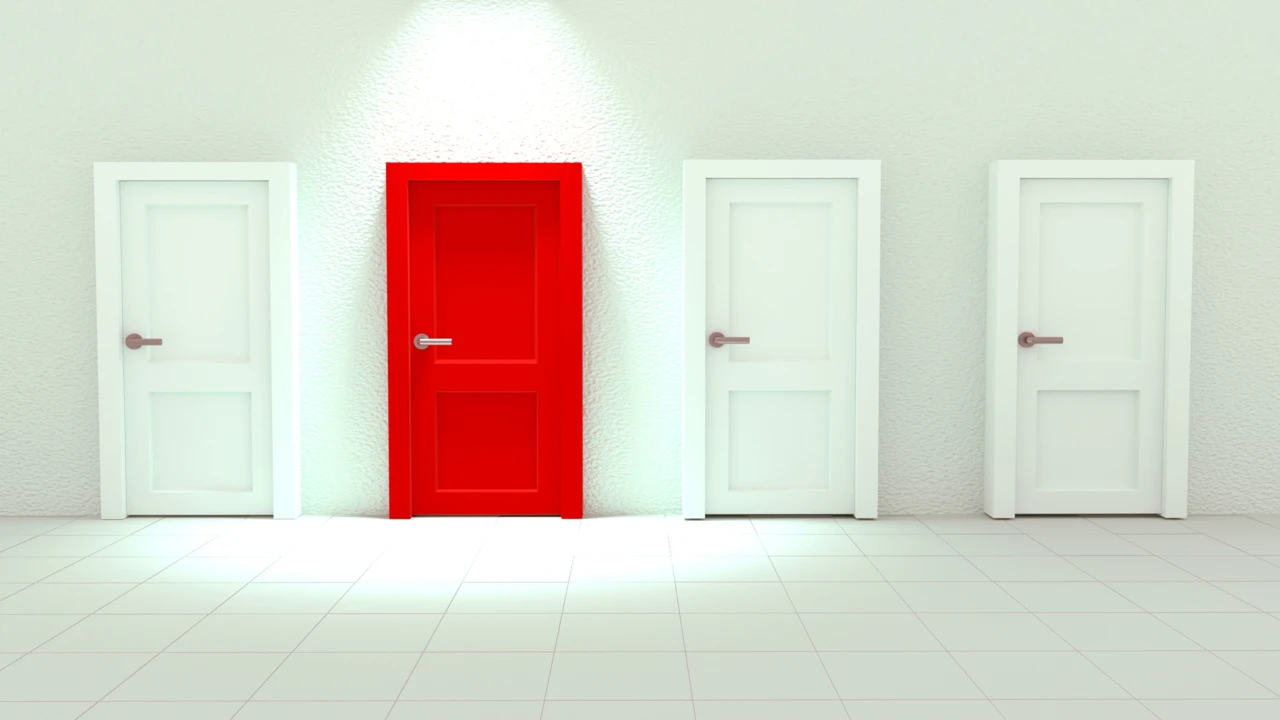
Have you ever wondered what goes on inside a consumer’s mind when they make a purchase? It’s like trying to figure out why cats prefer cardboard boxes over luxury cat beds. The consumer decision-making process is like an intricate puzzle, and understanding it is essential for businesses aiming to thrive in today’s competitive landscape. Join me on a journey to decode this enigma as we uncover the hidden layers behind every buying decision.
Section 1: The Invisible Influences
In our age of information overload, consumers are bombarded with choices. To stand out, businesses must grasp the subconscious factors guiding purchasing decisions. Navigating the labyrinth of consumer choices is like trying to find your way in a dense fog. But beneath the surface, intriguing factors guide these decisions: These include:
1.1 Social Proof: People often look to the experiences and opinions of others. Positive reviews, testimonials, and social media endorsements can sway choices. Think of it as joining the longest queue at an amusement park. If everyone else is excited about a roller coaster, you’re more likely to hop on too.
1.2 Emotional Triggers: Emotions play a significant role in decision-making. Brands that evoke positive feelings tend to win the hearts of consumers. Consumer emotions are like cats chasing laser pointers – unpredictable yet captivating. Businesses that can evoke the right emotions have a ticket to ride.
1.3 Trust and Credibility: Building trust is a long-term endeavour, but it’s a cornerstone of consumer decisions. Building trust is like taming a wild squirrel. It takes patience, but once it’s on your side, you’ve got a dependable companion and credible brands are more likely to secure sales.
Section 2: The Decision-Making Journey
The path to purchase isn’t linear; it’s a winding road with multiple stages. The consumer’s decision-making journey resembles an amusement park adventure, complete with thrilling twists and turns and understanding this journey can help businesses tailor their strategies:
2.1 Awareness: Consumers become aware of a need or desire, often triggered by advertising, word-of-mouth, or personal experiences. Imagine consumers stepping onto the awareness carousel, where they realise they want something new and exciting.
2.2 Research: After the carousel, it’s off to the Ferris wheel of research, where consumers rise to new heights of information-gathering. Armed with a goal, they compare options, read reviews, and gather information.
2.3 Evaluation: This roller coaster of evaluating options is filled with ups, downs, and loop-de-loops. At this stage, consumers assess the gathered information and begin forming preferences.
2.4 Purchase: The critical moment. At the end of the ride, they enter the haunted house of purchase. Will your product be a treat or a trick, and will it meet their expectations?
2.5 Post-Purchase: The experience doesn’t end at the purchase. Once they’ve disembarked, it’s into the funhouse for reflections. Did they make the right choice? This is where consumers evaluate their decision and share feedback.
Continue reading


